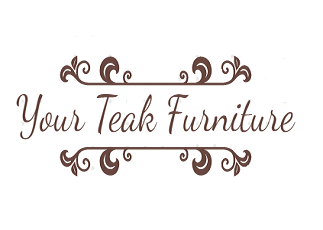Source: Freepik.com
Interior painting is a tedious job that requires careful planning and execution. Hiring professional interior painting services is recommended to get quality results. However, proper preparation of the home’s interior is essential for the painters to work efficiently and deliver a polished finish. This article provides top tips to get your home ready for interior painting services.
Clear the Space and Remove Items
The first step is to clear out the room that needs painting. Remove all furniture, window treatments, electronics, decor items, and knickknacks. The painters will need unrestricted access to walls and ceilings. Consider renting scaffolding if high surfaces need painting. This makes the job safer and easier for professionals to reach all areas efficiently. Store removed items in another room or put them in protective wrapping if keeping them in the same home. Label boxes clearly for easy retrieval later.
Protect Flooring and Other Surfaces
Cover floors, woodwork, and other surfaces that aren’t being painted with painter’s tape and plastic drop cloths. This prevents accidental spillage and splash from ruining other surfaces. Pay special attention to covering surfaces near baseboards, trim, light fixtures, and hardware that may get painted. Professional painters recommend using heavy-duty drop cloths for better protection. Tape down plastic sheeting on hardwood floors to prevent shifting.
Repair Walls and Fill Nail Holes
Inspect walls for cracks, dents, or holes that need fixing before painting. Small dings can be easily filled but larger repairs may require drywall patching. It’s best to have minor wall repairs done beforehand. Also, fill in all nail holes and blemishes with spackle or caulk and let them dry fully before painting begins. This gives a smooth surface for an even finish.
Remove Old Wallpaper and Patch Walls
If old wallpaper is being replaced, remove the remaining scraps and adhesive beforehand. This can be tricky, so consider hiring professionals. Walls may need light sanding and priming after removal. Also, patch up any large gaps or holes in drywall resulting from old wallpaper borders or hardware. New drywall can be installed for best results in badly damaged areas.
Wash Walls Thoroughly
Dust, grease, and residue on walls can cause paint to peel or not adhere properly. Thoroughly washing walls with a degreasing detergent helps create a cleaner surface. Use a stiff bristle brush to scrub any especially dirty areas. Allow walls to dry completely to achieve the best bonding between paint and surface. Consider using a product like TSP substitute for tougher cleaning jobs prior to washing.
Prepare Woodwork and Trim
Clean and sand wood trim, doors, and windows being painted before priming and finishing coats. Sanding helps roughen the surface for better paint adhesion. Wipe away dust. Look for peeling or damaged paint that needs sanding or even stripping before repainting trim for an updated look. Professionals offer inexpensive trim painting as part of interior jobs.
Conclusion
With careful preparation of surfaces and logistics as outlined above, interior painting projects proceed without a hitch allowing professional services to focus on quality craftsmanship. Minor adjustments during the planning stages avoid delays, and wasted dollars and ensure your highest satisfaction. Follow these top tips and your home’s interior emerges fresh and flawlessly finished for enjoyment. Don’t hesitate to consult with painting experts for specific guidance tailored to your needs too.

